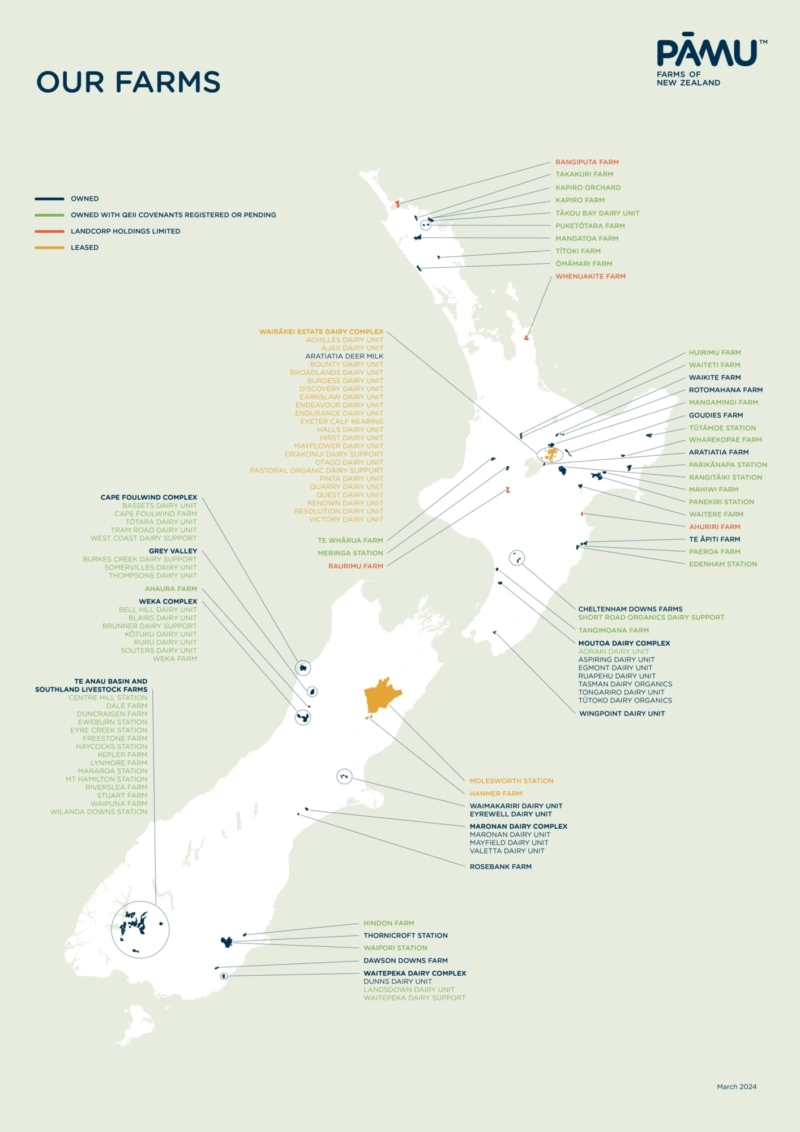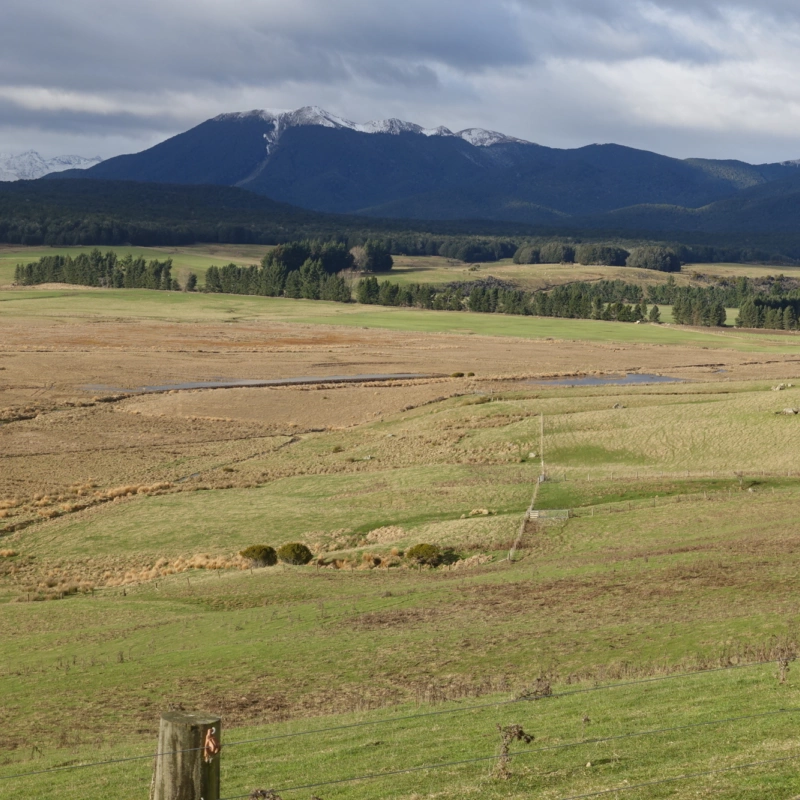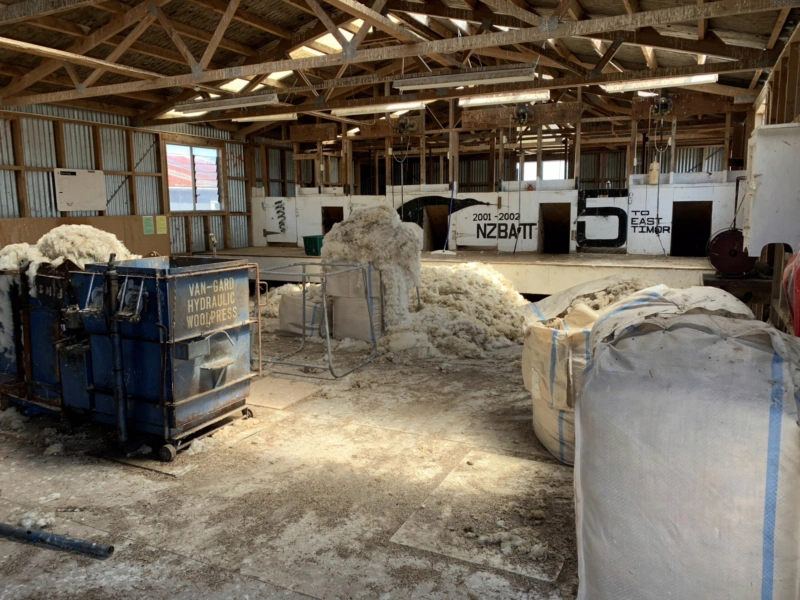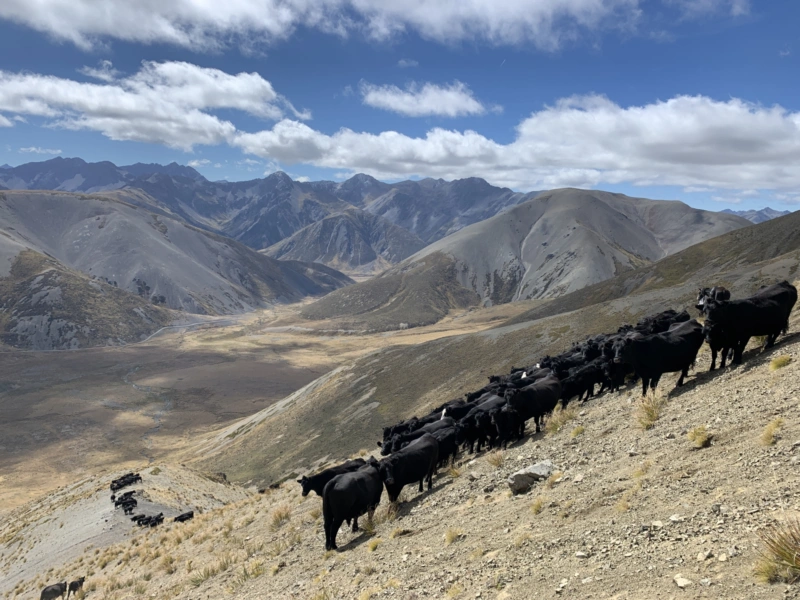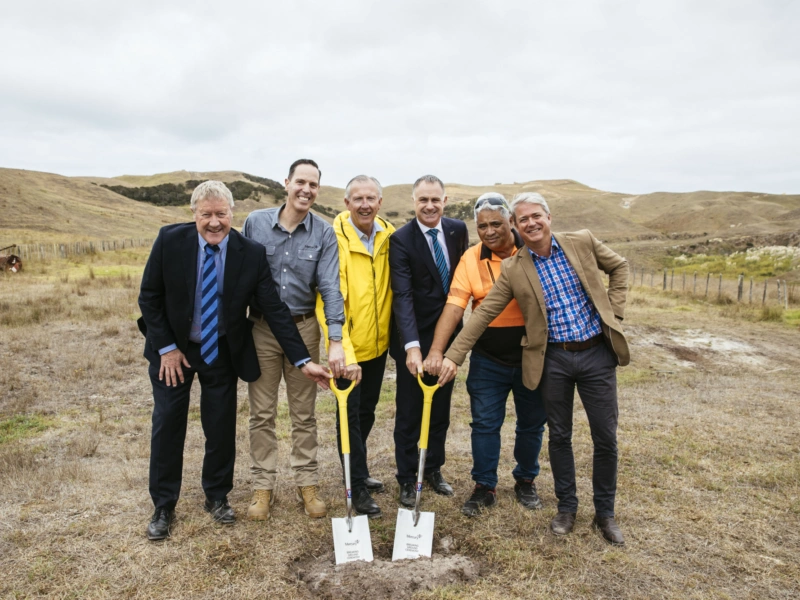Pāmu has reached the 10,000-hectare milestone, with the registration of five blocks on Dale Farm in the Te Anau Basin. Dale Farm is a 2,549-ha sheep and beef farm in the Upukerora Ecological District.
Pāmu is celebrating a significant milestone in its programme of on-farm biodiversity protection and restoration, with over 10,000 hectares of important native habitat now protected in perpetuity with QEII covenants.
QEII covenants (also known as open space covenants) provide permanent legal protection for areas of significant natural, cultural and landscape value.
Pāmu has reached the 10,000-hectare milestone, with the registration of five blocks on Dale Farm in the Te Anau Basin. Dale Farm is a 2,549-ha sheep and beef farm in the Upukerora Ecological District.
Pāmu Chief Executive Mark Leslie says: “At Pāmu we aim to be a leader in integrated sustainable land use protecting and restoring the natural world. QEII covenants are a very tangible way we can ensure stewardship of natural assets and the protection of lands and waterways for Aotearoa New Zealand.
“Over 10,000 hectares of QEII covenants is a milestone to celebrate. We also have another 6,000 hectares under covenants with the Department of Conservation and other bodies. This approach along with forests on steep hill country and waterway fencing and riparian planting all add up – enabling us to nurture and enrich the land on which we farm. It’s about balancing our performance and the environment for the benefit of generations to come,” Mark Leslie says.
Native vegetation cover in the Upukerora district today is much reduced, due to past burning and clearance of large areas of forest, shrubland and tussock land. The QEII covenants on Dale Farm and other surrounding Pāmu farms are significant as they protect some of the few remaining areas of primary and secondary forest, wetlands, and transitional zones still present in the district.
The Dale Farm covenants protect the habitats of several acutely and chronically threatened indigenous species, including the Nationally Endangered Central Otago roundhead galaxias (Galaxias anomalus) and At Risk – Declining species such as South Island robin (Petroica australis), slender wine sedge (Carex tenuiculmis), matagouri (Discaria toumatou) and mānuka (Leptospermum scoparium).
Pāmu has a longstanding partnership with the QEII National Trust that has seen a total of 236 covenants put in place on 58 farms, protecting 10,126 hectares in total.
QEII Trust rep Mark Sutton has worked closely with Pāmu for over two decades and says the strong relationship between QEII reps, Pāmu farm managers and Pāmu staff in Wellington has been key to this success.
“Pāmu recognised the need to protect areas of native biodiversity on their properties, and putting robust legal protection over these areas underscores their commitment to protect and care for them in perpetuity. Their approach, protecting entire sub-catchment systems for future water quality and biodiversity connectedness, is a major achievement,” says Mark Sutton.
“The working relationships developed in my time with Pāmu environmental managers, the late Gerry Soanes and now Gordon Williams, and the farm managers themselves, have been key in securing the 236 covenants so far.”
Pāmu Environment Manager: Ngahere, Gordon Williams says: “Having a simple Pāmu Biodiversity Strategy has assisted the process. The strategy has three key pillars: identify all biodiversity worthy of protection; protect it; and enhance it. That has been, and will continue to be, my mantra.”
“Both our farm teams and QEII Trust reps are passionate supporters of the process and take much pride in protecting these areas, for the benefit of future generations. The job isn’t quite done yet, although I do have most of the last few areas for consideration in my sights.”
Each of the Pāmu covenants on Dale Farm, much like the rest of the country, are fenced to a stock-proof standard, giving the areas support to improve to a more representative state. Fencing in the Te Anau basin is often jointly funded by Pāmu, the Waiau Trust and QEII.
